Injection Molding is one of the basic processes for the processing of rubber products. It is a production process in which the rubber is directly injected into the model from the barrel, and the molding is completed and vulcanized. Mainly used in the manufacture of rubber grommets,sealing products and shock absorbing products.

The method has the advantages of short molding vulcanization cycle, less waste edge, high production efficiency, integration of molding and vulcanization process, simple process, reduced labor intensity, improved mechanization degree and product quality.
The injection process is five processes of feeding, plasticizing, injection, vulcanization and demolding.
The injection machine is classified into four types according to the structure: screw type, plunger type, reciprocating type and screw pre-plastic plunger type.
The structure of the vulcanization mold is relatively complicated. It consists of two parts: fixed mold and dynamic mold. It must withstand high temperature and high pressure. It needs high-strength steel and is processed finely. The operation of the clamping device is all mechanized and automated. The transmission mode is hydraulic and mechanical. However, the hydraulic-mechanical combination is usually required, and sufficient clamping force is required.
The key to the injection molding process is to obtain good fluidity under appropriate temperature and pressure conditions, and to obtain quality qualified products in the shortest possible molding cycle.
The main factors affecting the injection process are as follows.(1) Temperature(2) Pressure(3) Time(4) Screw speed and plunger advance speed(5) Rubber properties










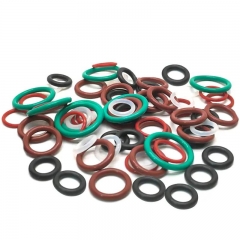

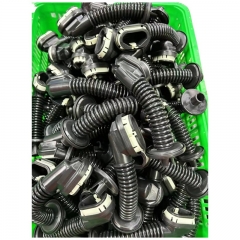
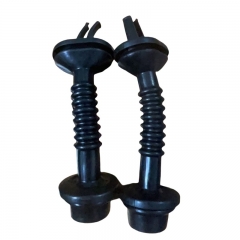
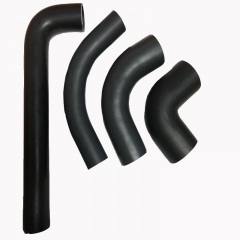
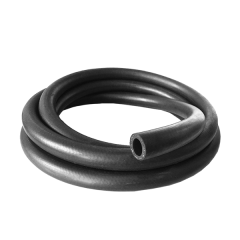
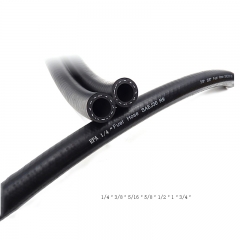
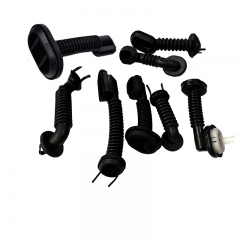
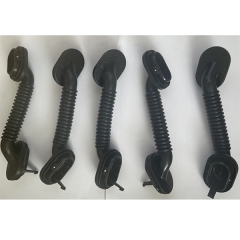

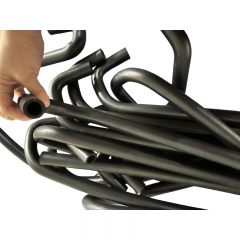






 online service
online service


